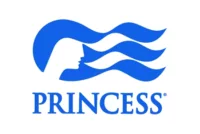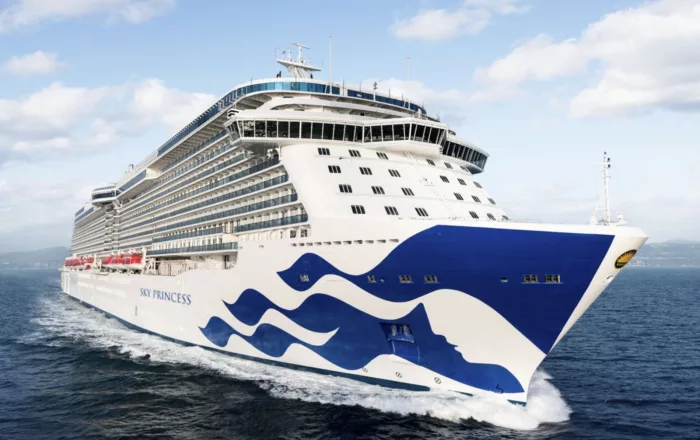Visiting:
Far East

Princess Cruises
Credited with introducing millions of Americans to the concept of a modern cruise holiday, Princess Cruises is still innovating to this day.
Sporting a fleet of 17 ships with capacities ranging from 2,000 to 4,300 passengers, the line is best known for its Alaskan cruises, but travels to destinations the world over.
With an emphasis on destination leadership and local expertise, Princess is an excellent choice for the discerning traveller seeking to sail in comfort.
2670
Passengers
1100
Crew
2004
Launched
2019
Last refit
115875t
Tonnage
290m
Length
48.5m
Width
22kts
Speed
19
Decks
USD
Currency
Cruise Itinerary
Day 1
Yokohama, Japan
Day 2
Toba, Japan
Wheelchair Access Limited
Day 3
Osaka, Japan
Days 4 - 5
At Sea
Relax and make the most of the myriad of facilities available on board the ship, from fantastic entertainment to delicious and diverse dining options.
Day 6
Keelung (Chilung), Taiwan
Day 7
At Sea
Relax and make the most of the myriad of facilities available on board the ship, from fantastic entertainment to delicious and diverse dining options.
Day 8
Hong Kong, Hong Kong
Days 9 - 10
At Sea
Relax and make the most of the myriad of facilities available on board the ship, from fantastic entertainment to delicious and diverse dining options.
Day 11
Phu My, Vietnam
Day 12
At Sea
Relax and make the most of the myriad of facilities available on board the ship, from fantastic entertainment to delicious and diverse dining options.
Day 13
Singapore, Singapore

Day 1
Yokohama, Japan

Day 2
Toba, Japan

Day 3
Osaka, Japan

Days 4 - 5
At Sea

Day 6
Keelung (Chilung), Taiwan

Day 7
At Sea

Day 8
Hong Kong, Hong Kong

Days 9 - 10
At Sea

Day 11
Phu My, Vietnam

Day 12
At Sea

Day 13
Singapore, Singapore
Ship Details


Princess Cruises
Diamond Princess
Tour our vessels, from staterooms to public venues
Every Princess ship is a destination in itself with wide-ranging amenities, elevated culinary experiences and delightful activities.
Cabins
All Prices
















